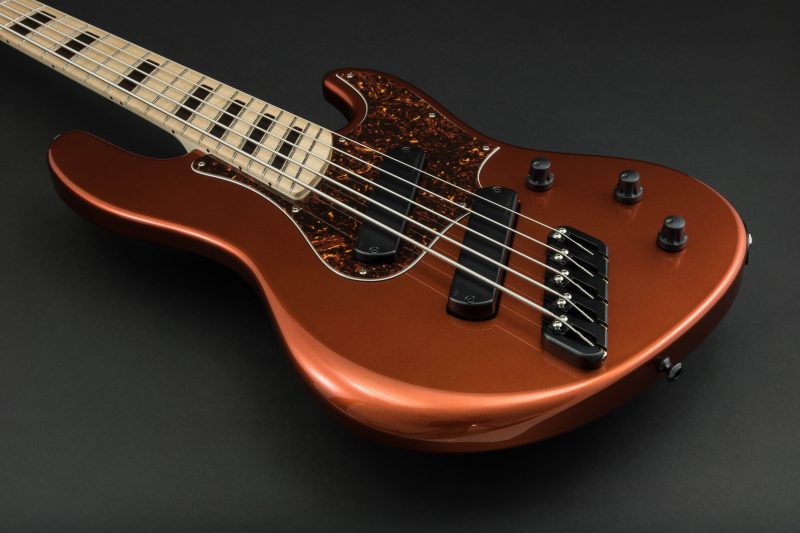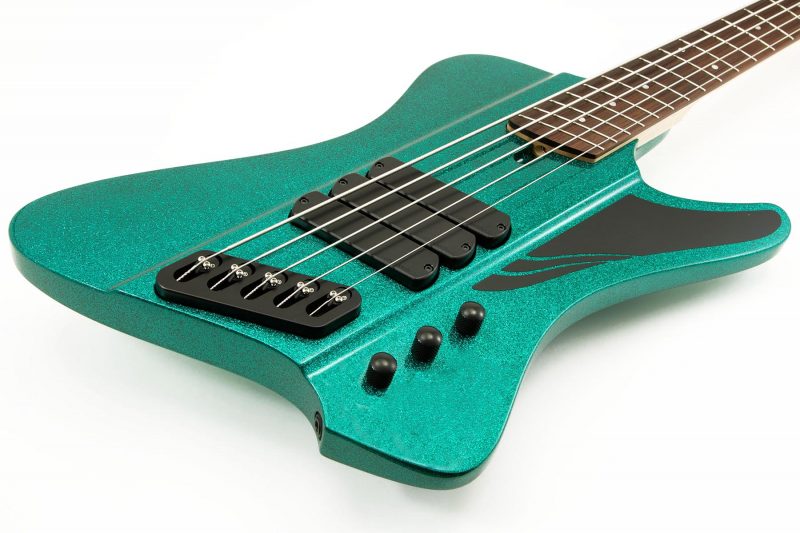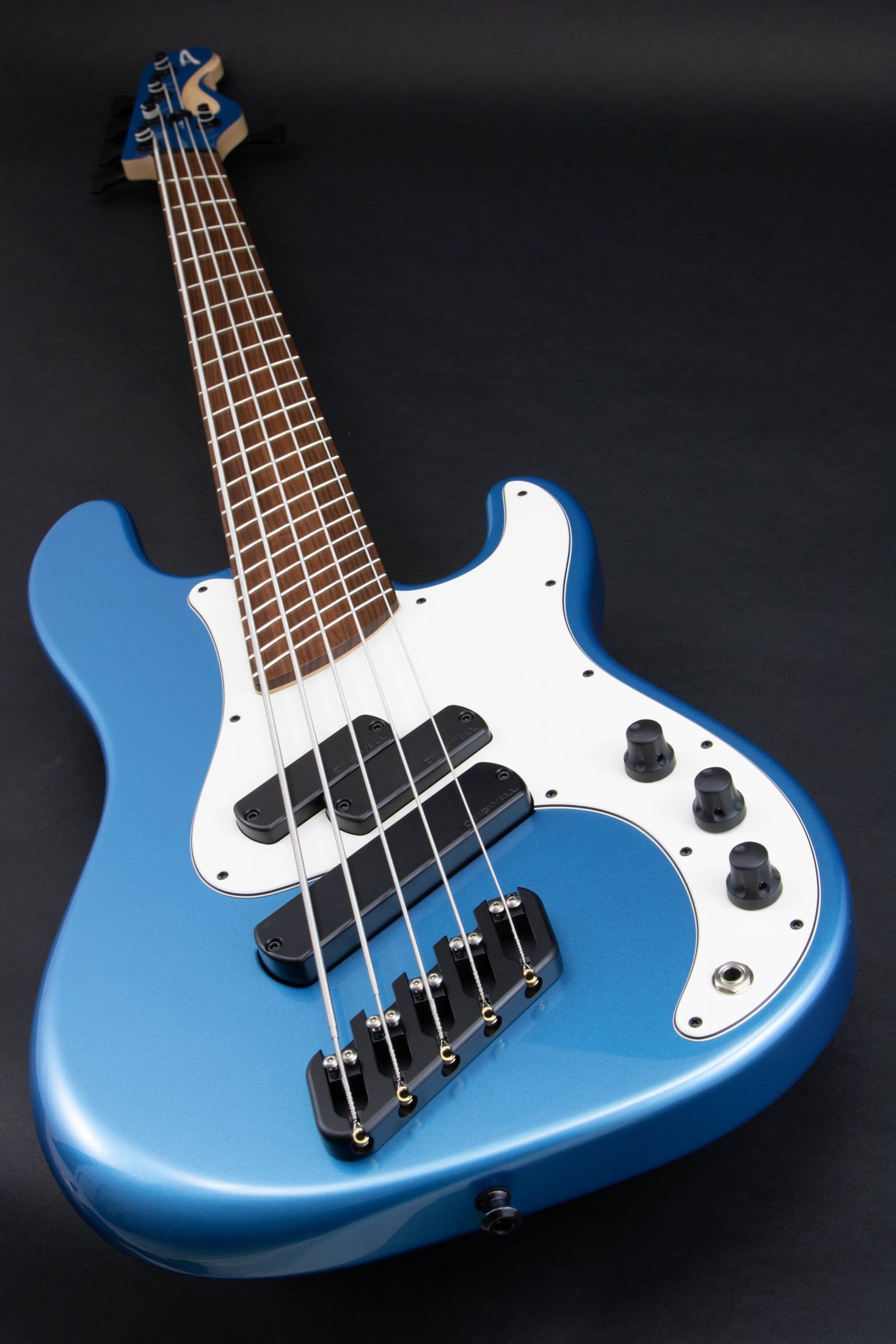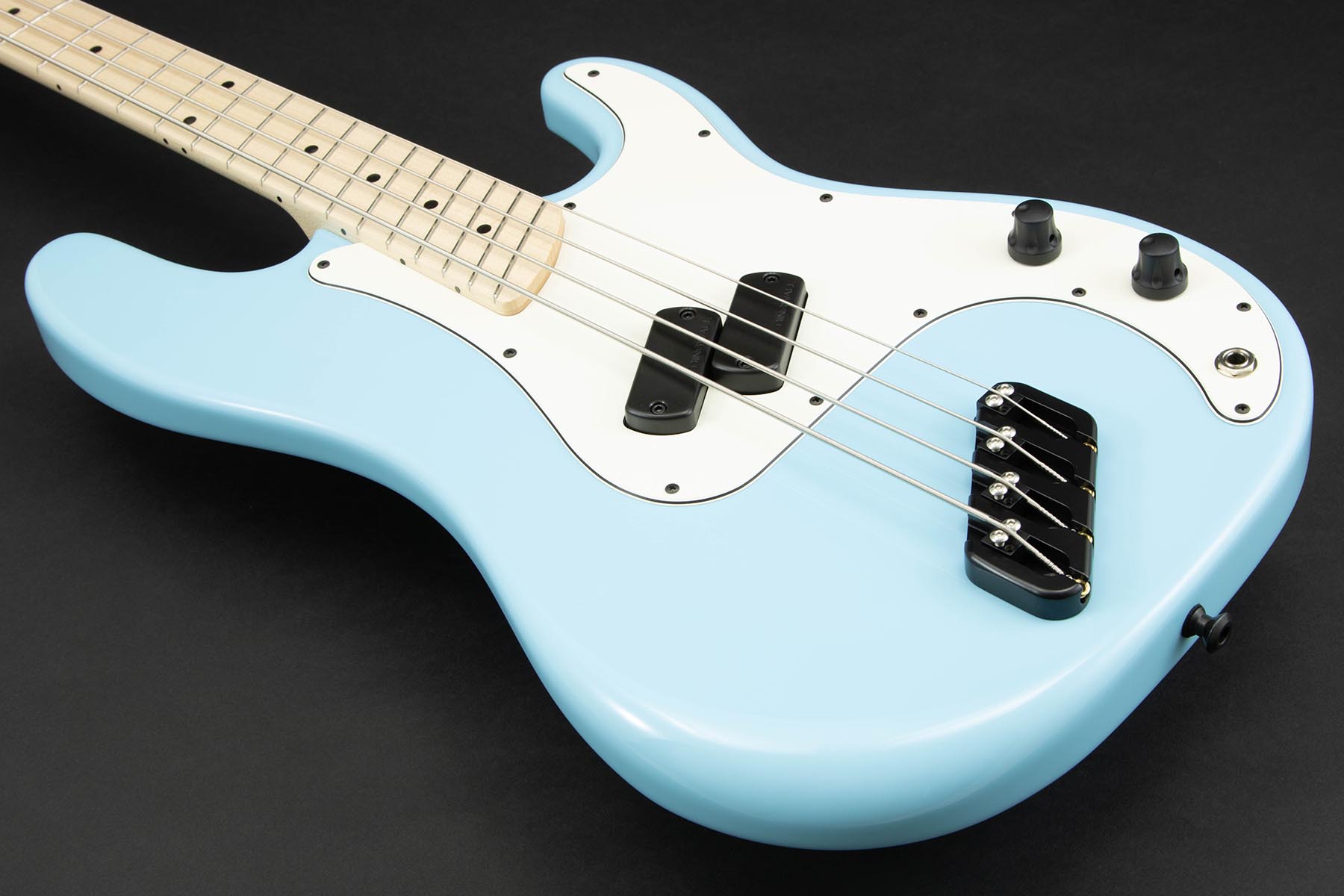
Dingwall Super J: Bass Review
The Ultimate Evolution of the Jazz Bass After reviewing the Dingwall Super P, Super PJ, and the D-Roc Standard it’s time to explore the Super J—Dingwall’s take on the legendary Jazz Bass. Unlike the P-Bass, which is known for its fat, punchy, low-mid-focused tone, the Jazz Bass has always been the choice for players who need articulation, clarity, and versatility. The Super J keeps everything great about the classic J-Bass formula but modernizes it with Dingwall’s signature multi-scale design, advanced pickup technology, and top-tier craftsmanship. For players who have spent their lives playing traditional Fender Jazz Basses, the Super J is a revelation—it feels familiar but offers a level of refinement, balance, and playability that traditional Jazz Basses often struggle to achieve. Introduced in 1960, the Fender Jazz Bass was Leo Fender’s follow-up to the Precision Bass. While the P-Bass was designed to replace the upright bass and provide a thick, fundamental-heavy tone, the Jazz Bass was created with articulation, speed, and tonal flexibility in mind. Key Features of the Jazz Bass Design: Because of its tonal flexibility, the Jazz Bass became a favorite in a wide variety of genres, including funk, jazz, fusion, R&B, rock, and punk. Legendary players like Jaco Pastorius, Geddy Lee, Marcus Miller, and John Paul Jones have all relied on Jazz Basses for their signature sounds. The Dingwall Super J: A Jazz Bass, Refined Dingwall approached the Super J with the same mindset as the Super P—keep the essence of the classic Fender design but improve its weaknesses with modern innovations. The Super J retains the slim body contours, dual-pickup versatility, and iconic Jazz Bass shape, but it enhances playability, tuning stability, and tonal clarity with Dingwall’s multi-scale, fanned-fret design. Multi-Scale Design: Why It Matters for a Jazz Bass One of the biggest issues with traditional Jazz Basses—especially in lower tunings or with extended-range models—is that the E and B strings can feel weak or muddy compared to the higher strings. This is where Dingwall’s fanned-fret system and multi-scale design come into play. What Multi-Scale Does for the Super J: This solves one of the most common Jazz Bass complaints—inconsistent string tension and clarity across the fretboard. With the Super J, every note rings out evenly and clearly, making it an ideal choice for technical players, session musicians, and anyone who values definition in their sound. Who Is the Super J For? If you’re a lifetime Jazz Bass player who loves the classic feel and tone but wants improved performance, the Super J is the best version of a J-Bass you can get. It’s ideal for: Pros and Cons Pros: ✅ Classic Jazz Bass feel with modern refinements✅ Multi-scale design improves string tension, sustain, and note clarity✅ Pickups retain classic J-Bass tone but with better balance and flexibility✅ Noise-free operation in humbucking mode✅ Extremely versatile for multiple genres and playing styles✅ Comfortable, lightweight, and well-balanced Cons: ❌ Fanned frets may take an adjustment period for traditional Jazz Bass players.❌ More expensive than a typical Jazz Bass (but justified by the craftsmanship and performance improvements).❌ Availability can be limited due to high demand. Final Thoughts The Dingwall Super J is the ultimate Jazz Bass evolution—it retains everything players love about the original design while fixing its flaws and inconsistencies. With improved playability, perfect string tension, better pickup balance, and modern versatility, it stands out as a refined, no-compromise instrument for serious musicians. For those who have spent years playing traditional Jazz Basses but always wished for a version with more clarity, better low-end definition, and improved ergonomics, the Super J is the answer. Whether you’re laying down smooth fingerstyle grooves, slapping funk lines, or cutting through a mix with aggressive bridge pickup tones, the Super J delivers every time.


